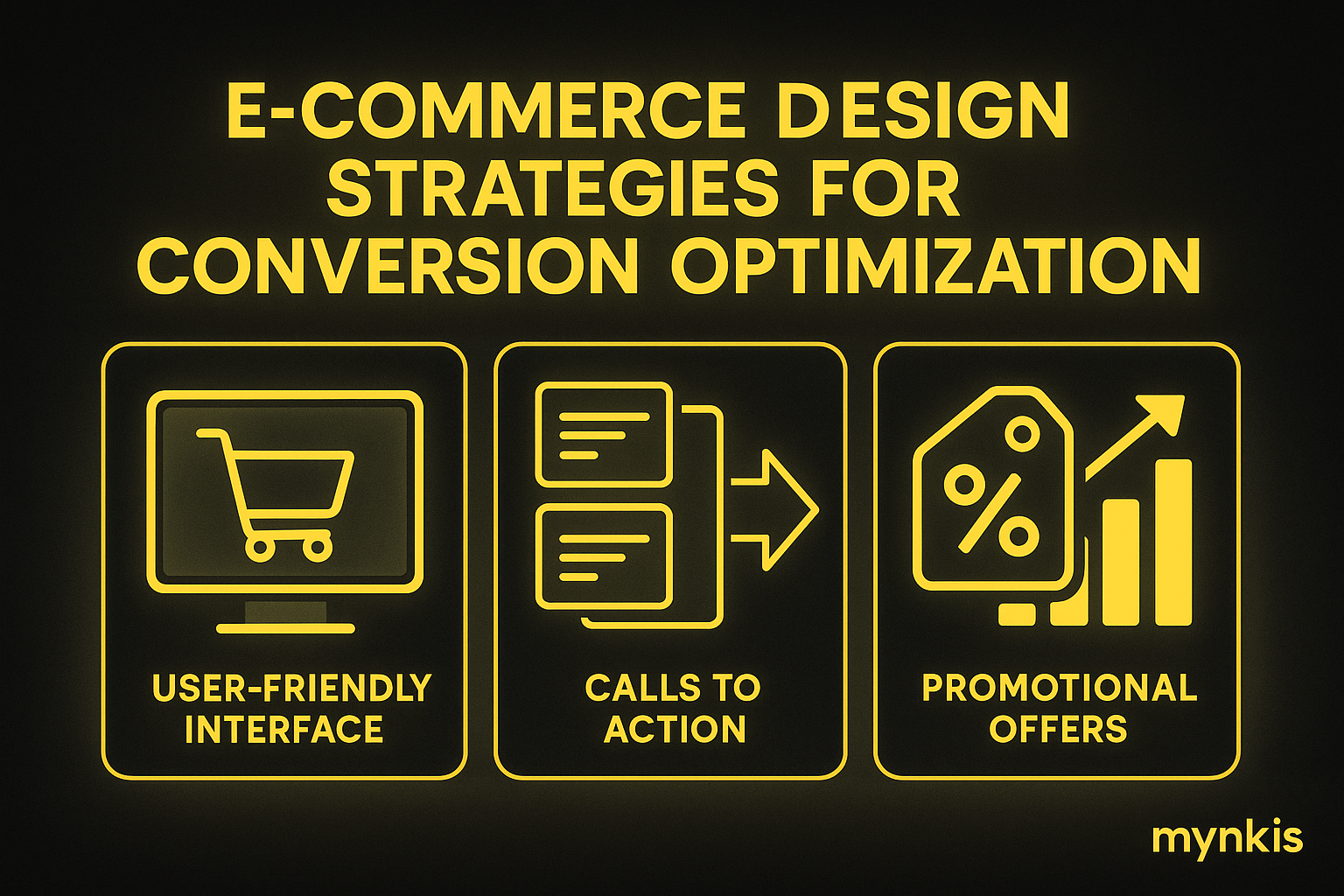Schedule a Demo
Good e-commerce design isn't just about visual appeal; it's about guiding users effortlessly through their journey from browsing to buying. In my experience working with owners who rely on their websites for bookings, a clear, intuitive navigation structure is non-negotiable. Simplifying menu hierarchies and using responsive dropdowns can greatly reduce user frustration and cart abandonment.
This can be backed up by insights from respected user experience experts like Jakob Nielsen, who emphasize the importance of minimizing clicks and user confusion. According to Nielsen Norman Group, user experience impacts your conversion rates drastically, highlighting the need for simplicity and clarity in your web design.
Visual elements play a pivotal role in user conversion. High-quality product images and videos not only elevate your site's aesthetic but also help in better decision-making by potential customers. For instance, showing your product from multiple angles or through interactive 360-degree views can dramatically improve the user experience and, in turn, conversion rates.
In my projects focusing on product listings, I've seen firsthand how zooming functionalities and image galleries allow shoppers to examine products closely, fostering trust and decreasing return rates. Research from Stanford University indicates that design directly affects the trustworthiness perceived by users. Interestingly, even the context and staging in which you present your product can sway purchase decisions, so careful curation of visual content is crucial.
In the hands of shoppers worldwide, mobile devices demand a different design approach than traditional desktop setups. To ensure your e-commerce site converts well on smaller screens, consider using progressive web apps (PWAs) that combine the best of web and mobile apps. In my consultations, clients often express surprise at how dramatically mobile optimization increases engagement and conversion from their customer base, particularly those on-the-go.
It's not just about being responsive; we should design for 'mobile-first', understanding how touch-based interactions affect user behavior. Google research on mobile user behavior confirms that a well-implemented mobile experience can dramatically improve how well your site ranks and performs in organic searches.
Color psychology can significantly sway user emotions and, consequently, conversion rates. Using contrasting colors for call-to-action buttons, such as 'Buy Now' or 'Add to Cart', makes them pop, drawing user attention immediately. Think about how Amazon effectively uses vibrant yellows and oranges to guide users towards purchases—an approach I've adopted in numerous designs to fuel user engagement.
In one project with a fashion retailer, we switched the call-to-action color from a subdued blue to a bright red, which not only aligned better with the brand's energy but led to a measurable uptick in customer actions. This is supported by principles outlined by the Color Marketing Group, who dive deep into how particular hues drive consumer behavior.
E-commerce personalization means delivering content based on user's past interactions, interests, or even location. From recommending similar products based on browsing history to customizing page elements for returning visitors, the power of tailored experiences lies in its ability to foster loyalty and turn browsers into buyers.
I've observed, and it's underscored by research from McKinsey & Company, that a personalized e-commerce experience can lift sales by up to 15%. Balance personalization with privacy concerns, though, as users are increasingly aware of data use. Transparency in how you collect and use user data goes a long way in maintaining trust.
The checkout process is often where a user's journey ends—either with a successful purchase or abandonment. Streamlining this process by reducing the number of steps, and allowing for guest checkout options, can significantly boost your conversion rates. I've found that every added field or step in the checkout process is an opportunity for a shopper to rethink and leave, according to Baymard Institute, approximately 28% of users abandon their carts due to a long or complex checkout process.
Integrating live chat into your e-commerce site may seem like a simple customer service tool, yet it's a powerful conversion booster. It allows for real-time resolution of queries, guidance during the buying process, and even offering personalized recommendations. Based on the data from Econsultancy, websites with live chat see a 20% increase in conversions, something I've personally witnessed in client websites that prioritize real-time support.
Site speed is a critical, yet often overlooked, design aspect for e-commerce. Every second saved in loading time can increase conversion rates by a considerable margin. As Google research underlines, as page load time goes from one second to ten seconds, the probability of a mobile site visitor bouncing increases by 123%—something that can be devastating for user conversion.
The dynamism of e-commerce means that what works today might not be as effective tomorrow. I always encourage my clients to engage in A/B testing to refine their site's design continuously. By experimenting with different layouts, call-to-action placements, or even color schemes, you gather data that can refine user experience and boost conversions.
The Harvard Business Review notes that companies that rigorously A/B test their e-commerce designs can improve overall customer experience by ensuring they meet and evolve with user needs.
As we delve into these strategies, understand that each business, like each user, is unique. Applying these tactics, grounded in research and supported by organizations such as Nielsen Norman Group or Stanford, should be adjusted according to your specific metrics and audience behavior. Remember, though, that while these strategies can elevate your website's ability to convert, individual results may vary, and data-driven decisions are key. Here’s to designing e-commerce sites that don't just look good, but perform outstandingly well, fostering lasting relationships with every click.
